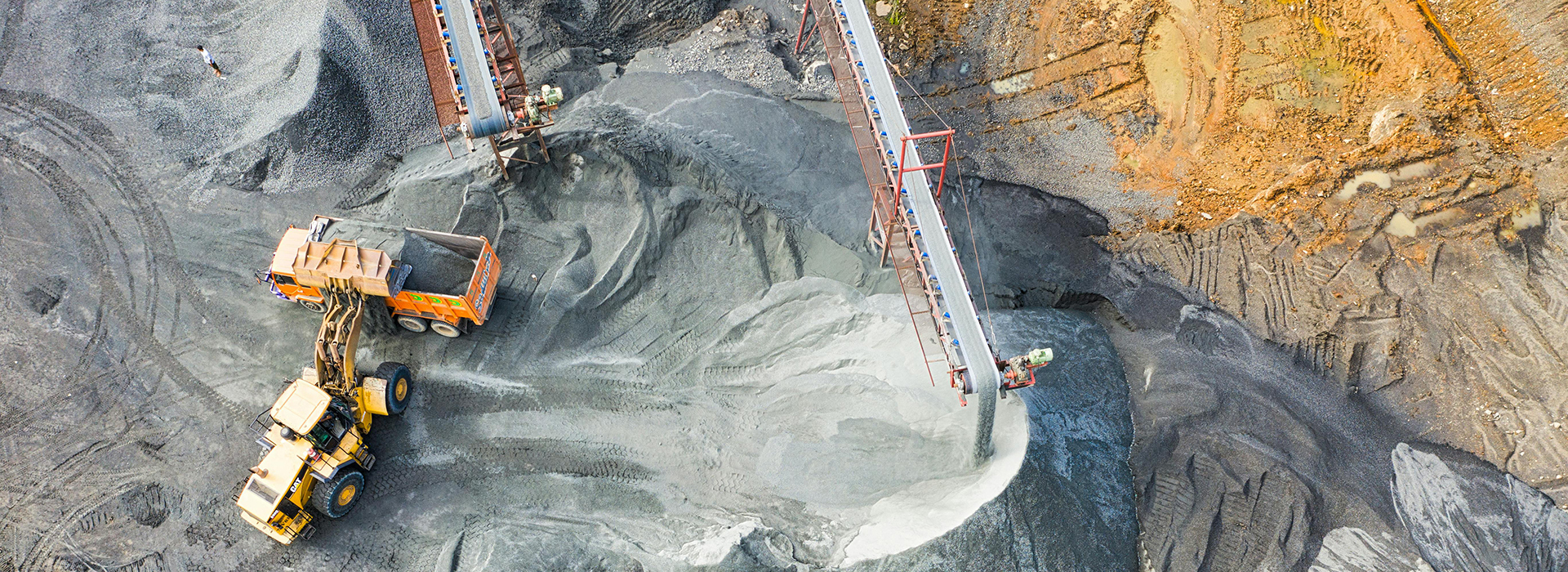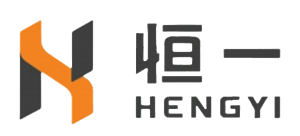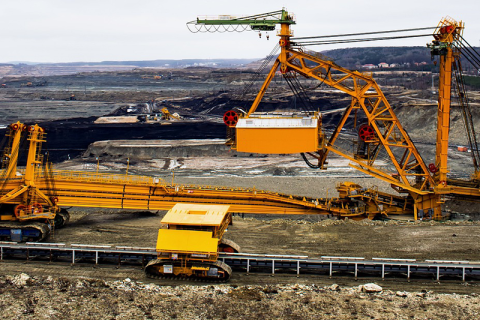
- Home
- >
- News
- >
- Product News
- >
News
You need to consider several criteria when choosing the best conveyor belt idler for your application. Start by checking technical specifications. Look for details like roller diameter, bearing type, seal type, and load ratings. Make sure your choice meets industry compliance requirements, such as CEMA for general use, MSHA for mining, or FDA for food processing.
Comparing Conveyor Belt Idler Types: You face several choices when selecting an idler for your conveyor system. Each type serves a unique purpose and fits specific application needs. Troughing idlers help maintain the shape of the conveyor belt, which keeps materials secure and reduces spillage. You use impact idlers in loading zones where materials drop onto the belt. These Conveyor Belt Idler's absorb shock and prevent damage to both the belt
What Is a Conveyor Belt Idler You will find a conveyor belt idler as a key component in any conveyor system. It consists of a series of rollers mounted on a frame. Types of Conveyor Belt Idlers: You will encounter several types of conveyor belt idlers in industrial applications. Each type serves a specific purpose and fits different parts of the conveyor system.
Pick a heavy duty rubber conveyor belt when you need strength and long life. These belts are best for moving heavy or rough things. Here are some main ways people use them:
You need something that works for hard jobs. Heavy duty rubber conveyor belt technology is known for being tough and working well in places like mines and factories.
We will deepen and differentiate the article from the following dimensions to make it a truly technical industry guide:
A chevron rubber belt is a conveying product featuring a special herringbone pattern on its surface. Compared to ordinary flat conveyor belts, its greatest advantages lie in its anti-slip and high-angle conveying performance. Therefore, it is widely used for the continuous transport of bulk, bulk, and bagged materials. As a key component in industrial production systems, chevron rubber belts play a vital role in improving conveying efficiency, ensuring operational safety, and reducing maintenance costs in industries such as mining, building materials production, grain transportation, and ports.
The mining industry faces extremely demanding production environments, placing extremely high demands on conveyor belt performance. Whether operating over long distances, handling heavy loads, or facing high wear and impact, reliable conveyor belts are crucial for ensuring production efficiency and safety. We specialize in providing customized conveyor belt solutions for mining companies, helping them maximize equipment uptime and economic efficiency. Our product offering includes both conventional conveyor belts and specialized conveyor belts for specialized applications.
Common problems in conveying bulk and bagged materials include slippage, reduced efficiency, and even safety risks. Chevron rubber belts, with their unique herringbone pattern design, effectively address these issues. Chevron rubber belts improve conveying angles while ensuring stable material flow, making them an ideal choice for industries such as mining, building materials, agriculture, and logistics.
In modern industrial production, conveyor belt systems play a crucial role. Whether used in mining, chemicals, food processing, or manufacturing, conveyor belt systems help improve production efficiency and ensure materials are transported quickly and safely. To ensure the smooth operation of conveyor belt systems, associated components such as conveyor belt idlers, conveyor belt scraper types, and other key parts are essential. This article explores these key components and their roles in the conveyor belt system, helping businesses select the most suitable equipment.
In modern industrial production, rubber conveyor belts, as key transmission equipment, are widely used in mining, metallurgy, building materials, ports, and other fields. With industrial upgrades and increased automation, companies are increasingly demanding higher performance and quality from rubber conveyor belts. However, with a multitude of rubber belting suppliers on the market and varying product quality, selecting the right industrial rubber belting supplier is a crucial step in a company's procurement process.
Demand for conveyor belts is primarily concentrated in the mining, port, metallurgy, power, chemical, and building materials sectors. Industry leaders such as Bi-State Rubber, Cambelt, and SKE Industries continue to lead the industry's technological evolution with innovative hot vulcanization processes, one-piece molding technology, and high-performance materials.












